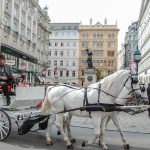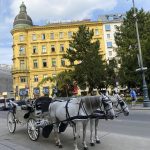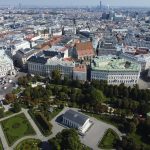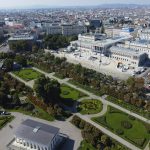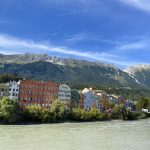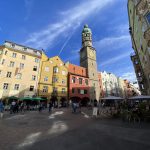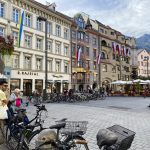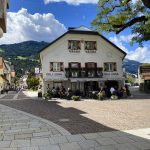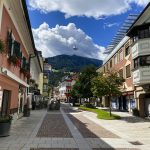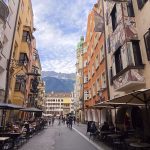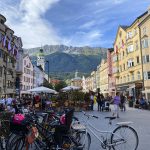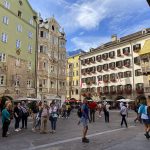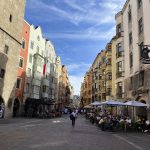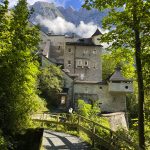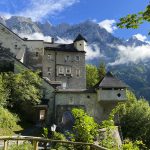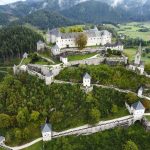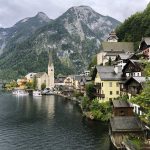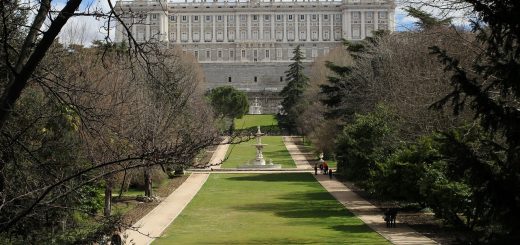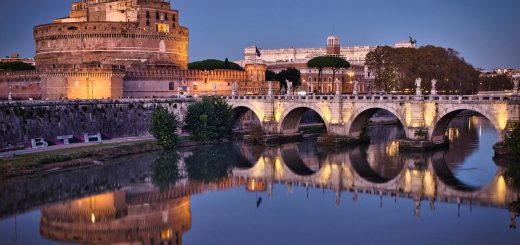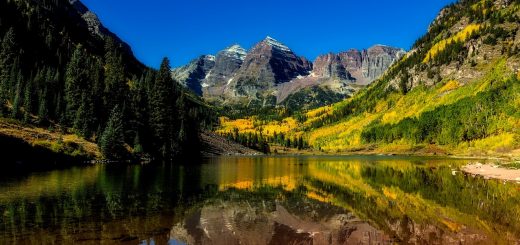Austria
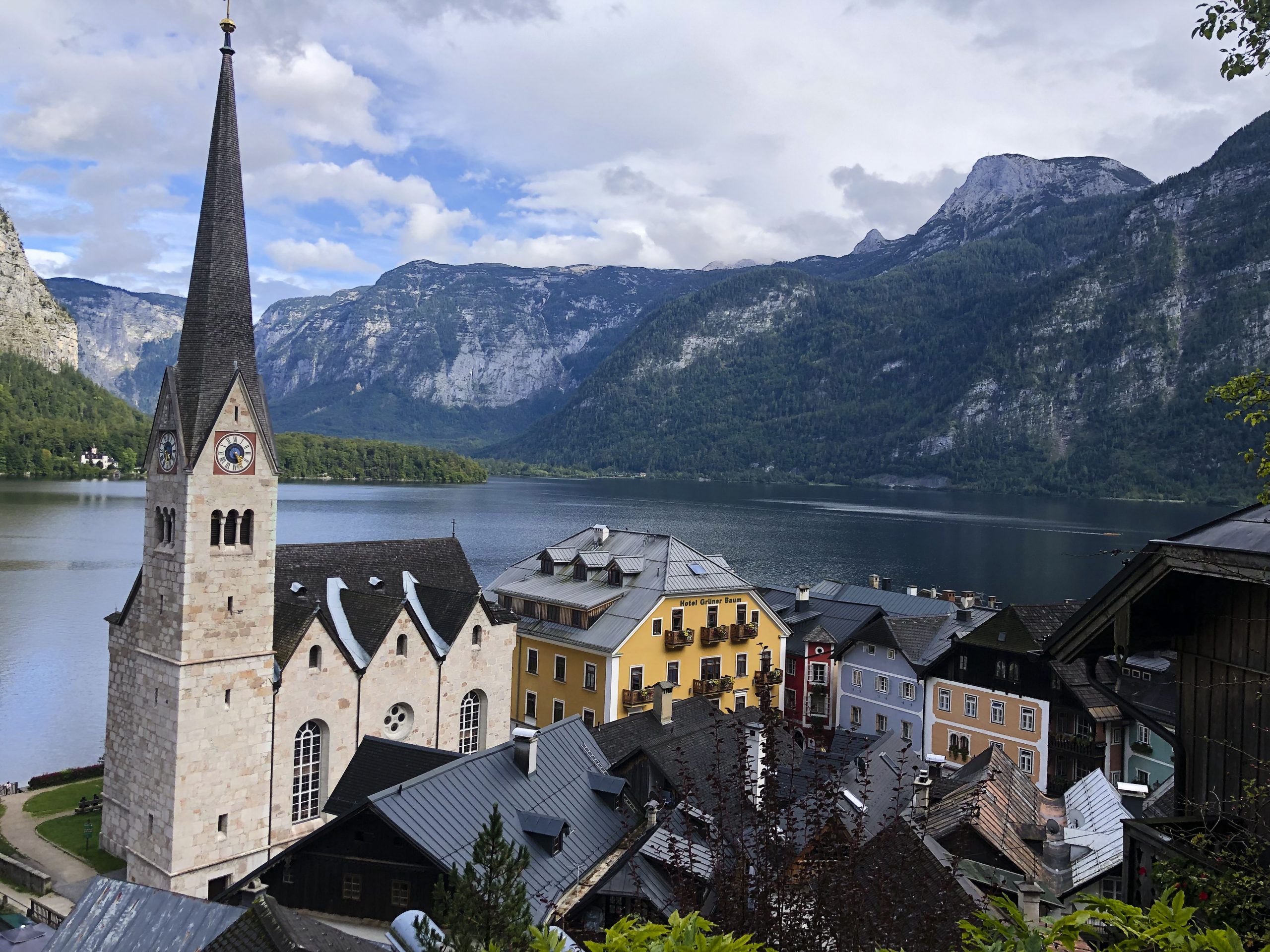
Discovering the Rich Cultural and Historical Treasures of Austria
Nestled in the heart of Europe, Austria boasts of stunning landscapes, rich history, and a vibrant culture. From its snow-capped peaks and turquoise lakes to its grand architecture and famous cuisine, Austria offers a range of experiences for travelers. In this article, we will take you on a journey through Austria’s regions, explore its main cities and landmarks, and discover its unique culture, food, and architecture. Additionally, we will advise on the best time to travel to Austria.
Regions of Austria:
Austria is divided into nine federal states, each with its unique character and attractions.
Vienna: The capital city of Austria, Vienna, is located in the east of the country and is famous for its stunning architecture, museums, and coffeehouses. Vienna is a city of contrasts with its imperial palaces, baroque churches, modernist buildings, and contemporary art museums.
Salzburg: Salzburg, located in the northwestern part of Austria, is a UNESCO World Heritage Site and the birthplace of Wolfgang Amadeus Mozart. The city’s baroque architecture and stunning views of the Alps make it a popular tourist destination.
Tyrol: The region of Tyrol, located in western Austria, is known for its picturesque villages, snow-capped peaks, and world-renowned ski resorts. The town of Innsbruck, the capital of Tyrol, hosted the Winter Olympics twice and is an excellent base for exploring the surrounding mountains.
Carinthia: Located in southern Austria, Carinthia is a region of stunning lakes, mountains, and forests. The region is famous for its thermal spas, hiking trails, and scenic drives.
Styria: Styria is a region of southeastern Austria known for its vineyards, pumpkin seed oil, and thermal baths. The city of Graz, the second-largest city in Austria, is the capital of Styria and is famous for its old town, culinary scene, and contemporary art museums.
Main Cities and Landmarks:
Vienna:
Vienna is the capital city of Austria and the largest city in the country. It is known for its stunning architecture, museums, and coffeehouses. The city’s top attractions include the Hofburg Palace, Schönbrunn Palace, St. Stephen’s Cathedral, the Belvedere Palace, and the Kunsthistorisches Museum.
Salzburg:
Salzburg is a UNESCO World Heritage Site and the birthplace of Wolfgang Amadeus Mozart. The city’s baroque architecture and stunning views of the Alps make it a popular tourist destination. The top attractions in Salzburg include the Hohensalzburg Fortress, the Mirabell Palace and Gardens, Mozart’s Birthplace, and the Salzburg Cathedral.
Innsbruck:
Innsbruck, located in the heart of the Austrian Alps, is the capital city of Tyrol. The city hosted the Winter Olympics twice and is an excellent base for exploring the surrounding mountains. The top attractions in Innsbruck include the Golden Roof, the Imperial Palace, the Bergisel Ski Jump, and the Alpenzoo.
Graz:
Graz is the second-largest city in Austria and the capital city of Styria. The city is famous for its old town, culinary scene, and contemporary art museums. The top attractions in Graz include the Schlossberg Hill, the Graz Clock Tower, the Kunsthaus Graz, and the Eggenberg Palace.
Austrian Culture, Food, and Architecture:
Austria is known for its rich cultural heritage and artistic heritage. The country has a long and storied history, and this is reflected in its culture, food, and architecture.
Culture:
Austria is known for its music, art, and literature. Some of the world’s greatest composers, such as Wolfgang Amadeus Mozart, Franz Schubert, Johann Strauss, and Gustav Mahler, were Austrian. The country is also home to many museums, including the Kunsthistorisches Museum in Vienna, which houses one of the world’s largest art collections. Austria also has a thriving theater scene, and the Vienna State Opera is considered one of the world’s most prestigious opera houses.
Food:
Austrian cuisine is hearty and delicious, with a focus on meat, potatoes, and dumplings. Wiener schnitzel, a breaded and fried veal cutlet, is perhaps the country’s most famous dish. Other popular dishes include Tafelspitz, a boiled beef dish served with potatoes and horseradish, and Kaiserschmarrn, a sweet, shredded pancake served with fruit compote. Austria is also known for its pastries and desserts, with apple strudel, Sacher torte, and Linzer torte being among the most famous.
Architecture:
Austria is known for its stunning architecture, ranging from medieval castles to baroque palaces to modernist buildings. Vienna, the capital city, is home to some of Europe’s most beautiful buildings, including the Hofburg Palace, St. Stephen’s Cathedral, and the Belvedere Palace. Other notable architectural landmarks include the Schönbrunn Palace, the Melk Abbey, and the Hohensalzburg Fortress in Salzburg.
Best Time to Travel:
The best time to visit Austria depends on what you want to do and see. Summer (June to August) is the most popular time to visit, as the weather is warm and sunny, and there are many outdoor festivals and events. Winter (December to February) is the best time to visit if you want to experience skiing and winter sports, as Austria has some of Europe’s best ski resorts. Spring (March to May) and fall (September to November) are great times to visit if you want to avoid the crowds and enjoy cooler temperatures.
Conclusion:
Austria is a country with a rich cultural heritage and beautiful architecture. From the stunning palaces of Vienna to the snow-capped mountains of the Austrian Alps, there is something for everyone in this beautiful country. Whether you want to enjoy a slice of Sachertorte or go skiing in the Alps, Austria has something to offer every traveler. So why not start planning your trip today?


